Meet the Woolmark Prize’s European finalist, German wunderkind Tim Labenda

For the past few years, Berlin-based designer Tim Labenda has been a gun for hire, designing capsule collections for retail giant Zalando along with a number of German brands and retailers, while developing his eponymous line. This summer’s European Woolmark Prize nod has set him up for the international fashion stage as he moves forward to the global final.
Labenda's winning Cruise collection titled ‘Botania’ was inspired by Matisse’s paper cut series, and brought to life utilising carpet weaving techniques to define his voluminous, organic shapes, composed of 100 per cent Australian merino wool. Toying with texture and haptic surface enrichments, Labenda’s style signature combines traditional handicrafts and directional silhouettes.
Wallpaper* spoke to the designer about his far-flung international experience and the secret to fashioning faux fur from wool…
W*: You entered the industry by doing an apprenticeship at BOSS and then opted for more formal training afterwards. Was fashion always on your career radar?
TL: Yes and no. I was not sure after I completed school. I applied to a cabinet maker and a tailor for an apprenticeship, because I was not completely sure if I wanted to do something with fashion or architecture. But I believe in fortune, and it was decided for me when BOSS took me on for a tailoring apprenticeship, which was followed by a traineeship as a patternmaker.
After that you did quite a lot of travelling working in Canada, New York, Vienna, Paris and Shanghai. What was your take-out from these experiences?
I was always into new cultural things, people and countries, so it really opened up my horizons and I learned a lot about handicrafts and fashion production in my travels.
Did you always want to have your own label?
Actually, yes, but I was aware that creating my own brand directly after school made no sense, because of my missing work experience. But I really believe in fortune, and at the same time in taking chances. So when Christiane Arp, editor-in-chief of German Vogue, took notice of me and invited me to the Vogue Salon, I started the brand.
You've remained based in Kreuzberg. What has the Berlin fashion community offered you?
For me it’s a very helpful and supporting environment. And of course a place that is very inspiring. I think especially at the moment, Berlin is growing as a fashion destination and is becoming even more influential in international fashion in general.
What has winning the European Woolmark final meant to your brand?
For me it offered approval for what I am doing and a lot of attention Europe-wide for the brand, which I hope will strengthen the confidence of buyers.
Texture and textiles (especially knit) seem to be integral to your collections, even though the use of restraint is also evident. How do you define your aesthetic?
It's very easy and modern, but focused on materials and textures with an interesting use of silhouettes. I think it shows understatement and practicality at the same time.
Tell me about the handicraft techniques that have gone into your Matisse-inspired collection?
I really believe in handmade craftsmanship that you can obviously see, so we used old carpet-weaving techniques to create some of the fringed pieces. And then we also felted some pieces by hand in the Matisse shapes.
More specifically, how you have made fake fur using wool?
That was actually an invention by Lanificio Guasti. They tried hard to make a fake fur by using merino and not mohair or something more naturally furry. They did an amazing job, and actually it is almost done via a carpet-weaving technique. You have a base that you are shooting the wool through and so you get the impression of fake fur. We then trimmed the fake fur into Matisse-like shapes and applied Swarovski crystals.

Of his formative years, Labenda tells Wallpaper*: ’I applied to a cabinet maker and a tailor for an apprenticeship (after school), because I was not completely sure if I wanted to do something with fashion or architecture...’

The designer’s winning Cruise collection titled ‘Botania’ was inspired by Matisse’s paper cut series, and brought to life utilising carpet-weaving techniques to define his voluminous, organic shapes

Labenda’s signature style combines traditional handicrafts and directional silhouettes
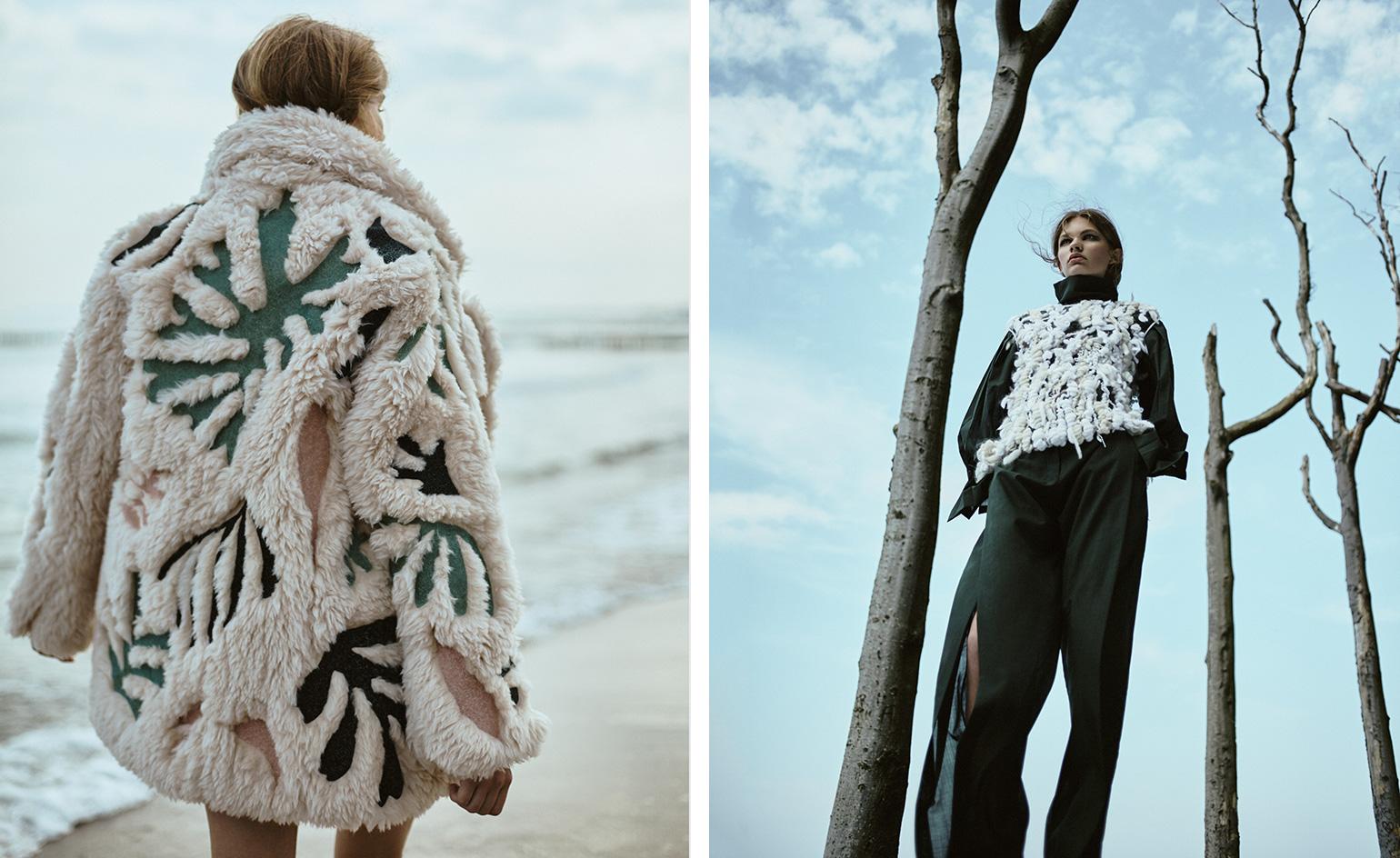
’... But I believe in fortune, and it was decided for me when BOSS took me on for a tailoring apprenticeship, which was followed by a traineeship as a patternmaker’

The well-travelled designer has taken inspiration from his globe-trotting. ’I was always into new cultural things, people and countries, so it really opened up my horizons and I learned a lot about handicrafts and fashion production’

Winning the Woolmark European final gave him ’approval for what I am doing and a lot of attention Europe-wide for the brand, which I hope will strengthen the confidence of buyers’
INFORMATION
For more information, visit Tim Labenda’s website
Receive our daily digest of inspiration, escapism and design stories from around the world direct to your inbox.
Photography: Bastian Jung
-
 In BDSM biker romance ‘Pillion’, clothes become a medium for ‘fantasy and fetishism’
In BDSM biker romance ‘Pillion’, clothes become a medium for ‘fantasy and fetishism’Costume designer Grace Snell breaks down the leather-heavy wardrobe for the Alexander Skarsgård-starring Pillion, which traces a dom/sub relationship between a shy parking attendant and a biker
-
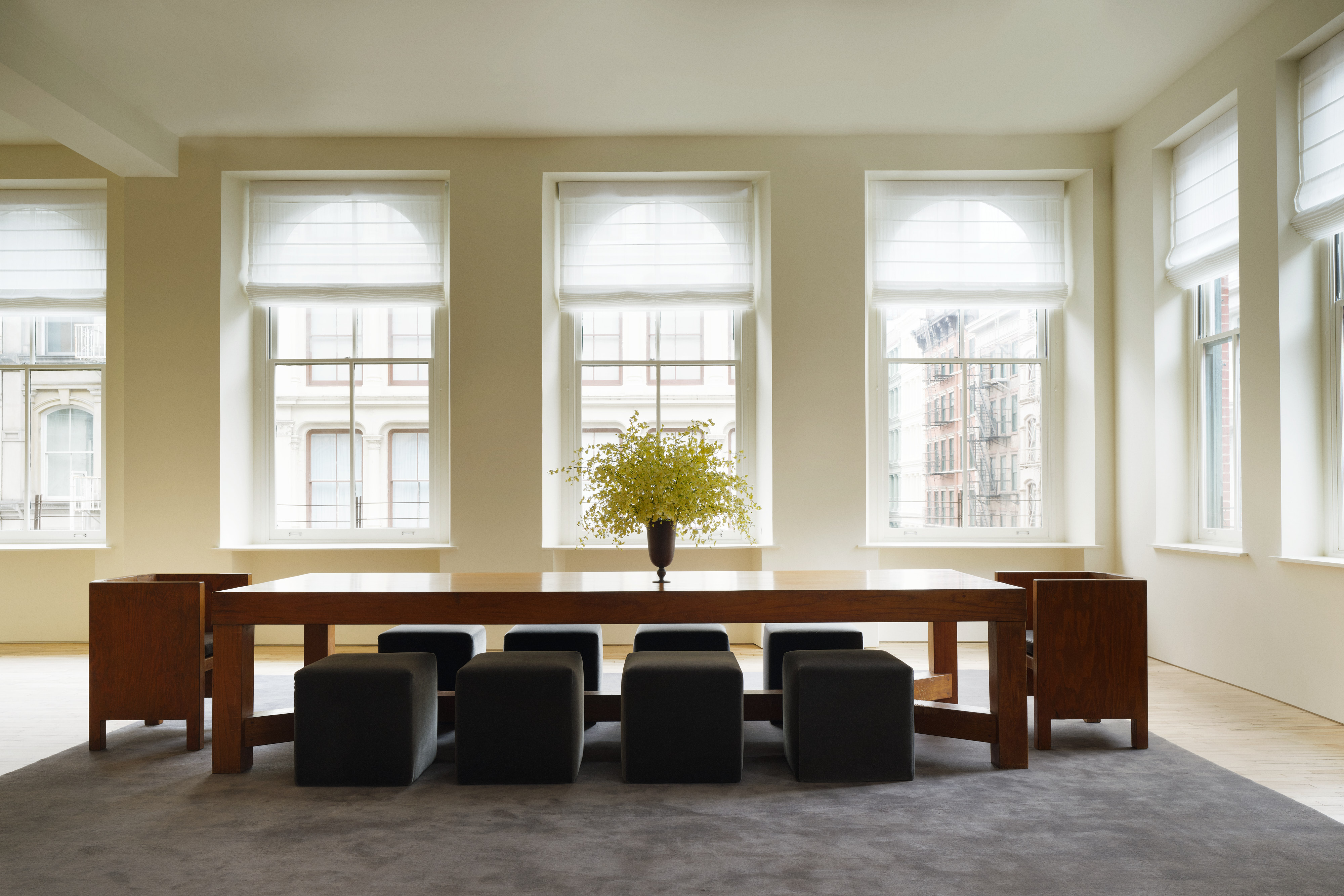 Tour Aflalo’s first retail space, a gallery-like studio in New York
Tour Aflalo’s first retail space, a gallery-like studio in New YorkLight-filled and elegant, Aflalo has opened its first retail space in a classic Soho loft, reimagined by Nordic Knots Studio
-
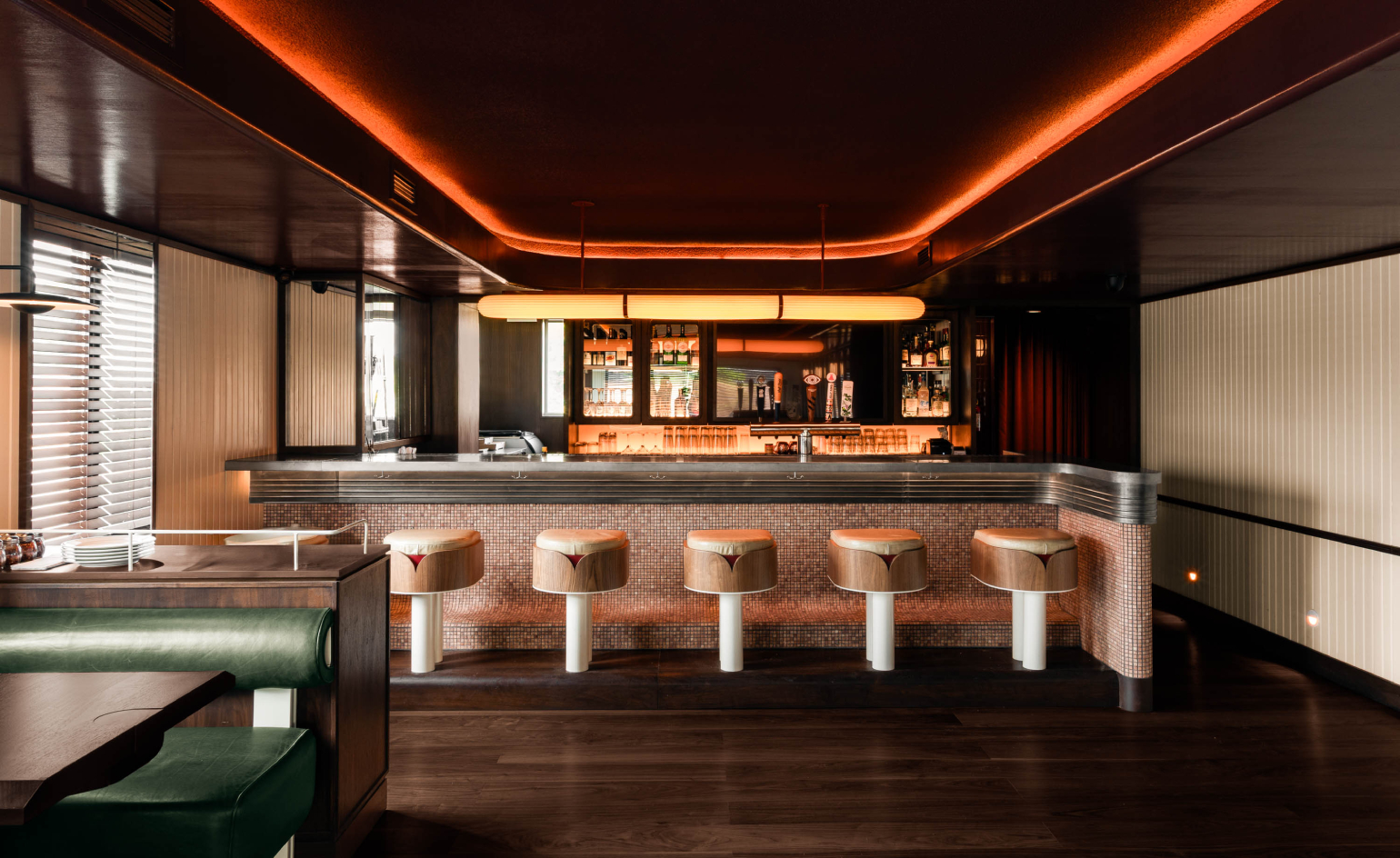 This Toronto pizzeria hides a sultry bar with serious bite
This Toronto pizzeria hides a sultry bar with serious biteNorth of Brooklyn unveils a fresh, two-level outpost where crisp, light-filled minimalism gives way to a warmer, neon-lit upstairs area
-
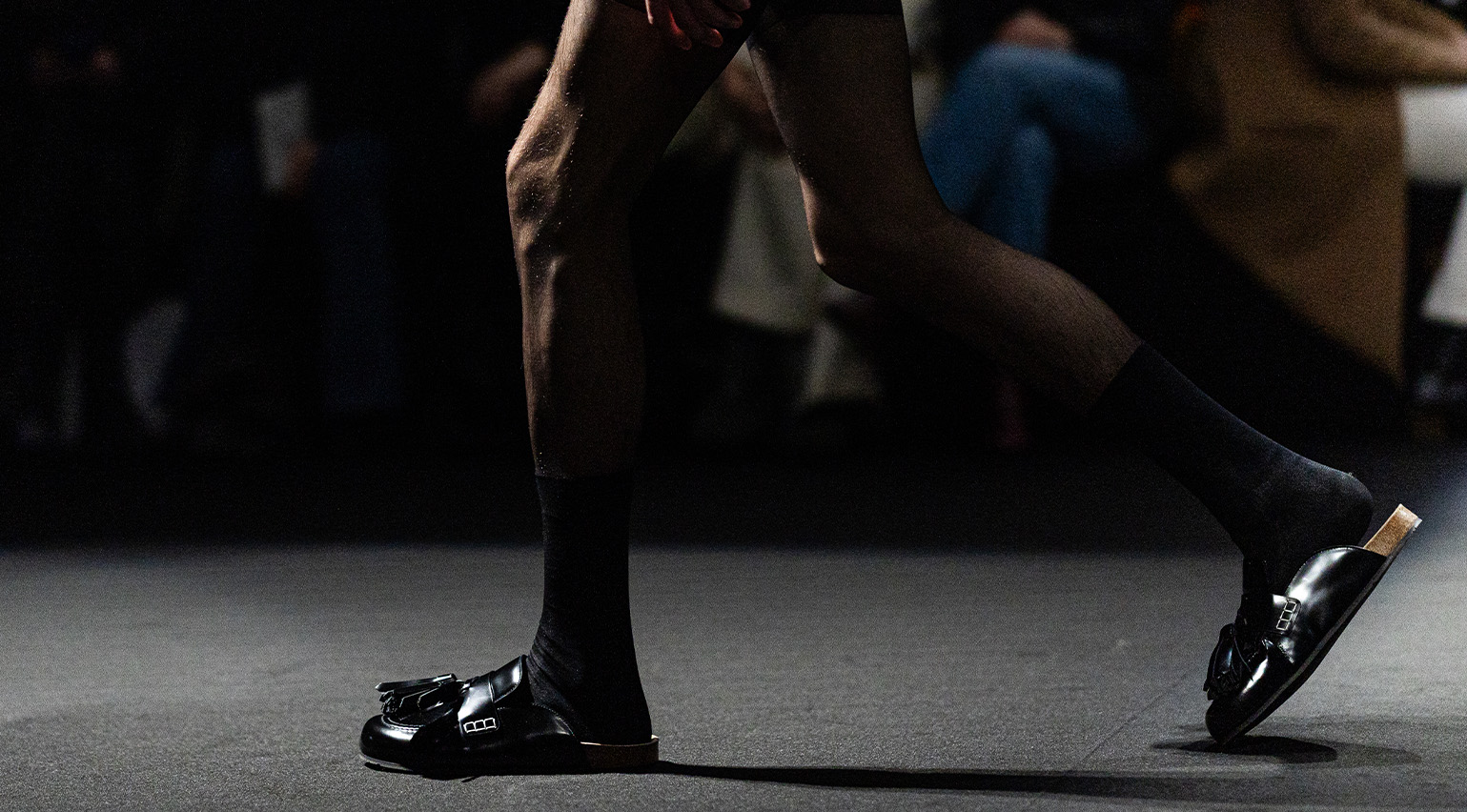 Why the slipper is set to be this season’s definitive men’s shoe
Why the slipper is set to be this season’s definitive men’s shoeWallpaper* fashion features editor Jack Moss unpacks the rise of the men’s slipper, which looks set to become this season’s most ubiquitous shoe. Plus, five styles to channel the slipper’s louche elegance in your own wardrobe
-
 Louis Vuitton drafts contemporary artists to use the house’s silk ‘carré’ scarf as a colourful canvas
Louis Vuitton drafts contemporary artists to use the house’s silk ‘carré’ scarf as a colourful canvasIn a tradition which dates back to the 1980s, Louis Vuitton has asked five artists to reimagine its silk carré scarf using floral motifs
-
 The Wallpaper* S/S 2025 trend report: ‘A rejection of the derivative and the expected’
The Wallpaper* S/S 2025 trend report: ‘A rejection of the derivative and the expected’Wallpaper* fashion features editor Jack Moss unpacks five trends and takeaways from the S/S 2025 shows, which paid ode to individual style and transformed the everyday
-
 For A/W 2024, the working uniform gets a futuristic spin
For A/W 2024, the working uniform gets a futuristic spinSculpted silhouettes, unexpected textures and plays on classic outerwear meet in the A/W 2024 collections, providing a twisted new take on city dressing
-
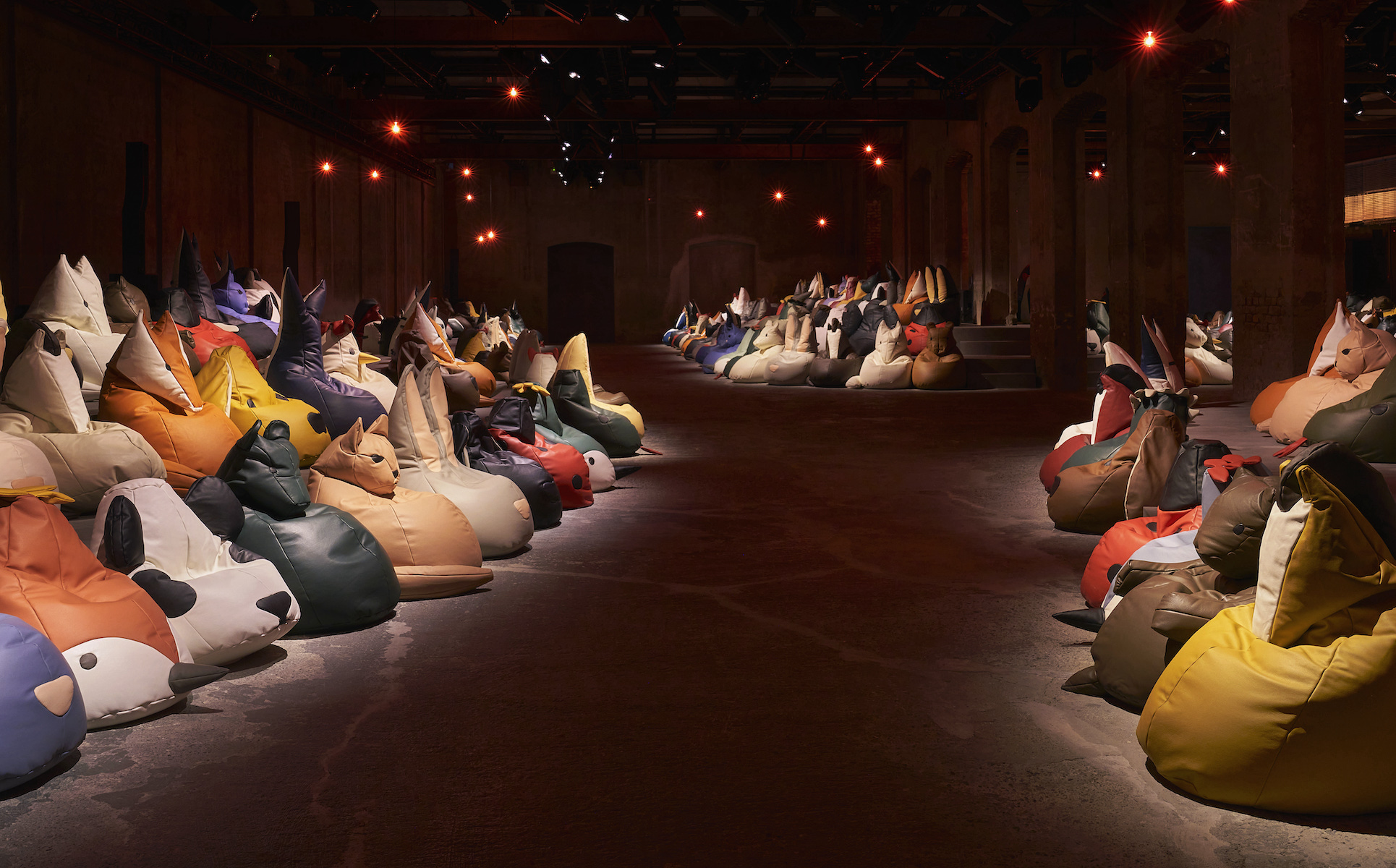 The breathtaking runway sets of S/S 2025, from beanbag animals to a twisted living room
The breathtaking runway sets of S/S 2025, from beanbag animals to a twisted living roomWallpaper* picks the best runway sets and show spaces of fashion month, which featured Bottega Veneta’s beanbag menagerie, opulence at Saint Laurent, and artist collaborations at Acne Studios and Burberry
-
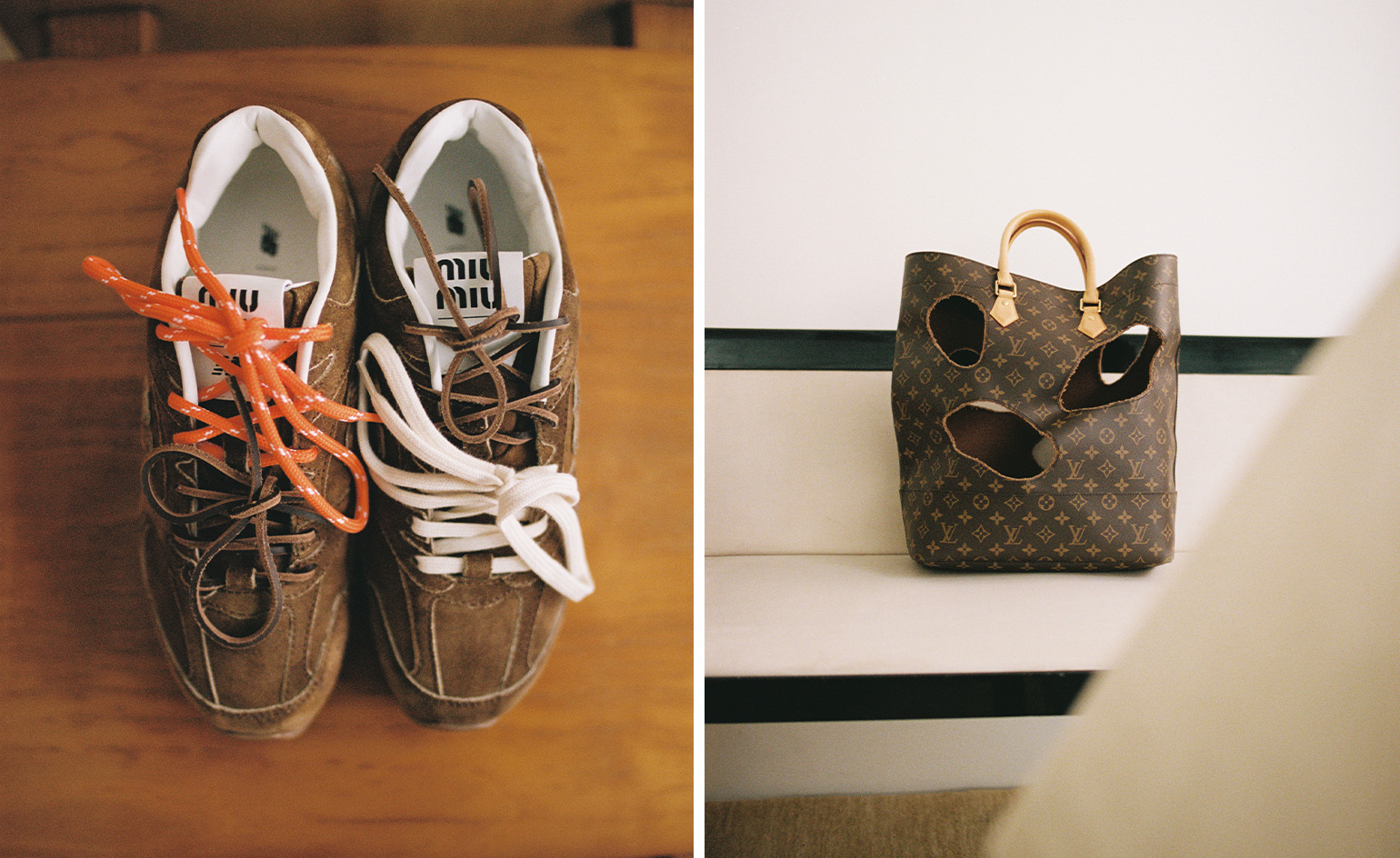 Sourcewhere is the app helping you find the rarest fashion grails
Sourcewhere is the app helping you find the rarest fashion grailsSourcewhere uses a network of experts and personal shoppers to source rare vintage and limited-edition fashion, from Phoebe Philo’s Céline to Margiela-era Hermès. Here, founder Erica Wright tells Wallpaper* why it’s reflecting a wider change in the way people shop luxury fashion
-
 The A/W 2024 menswear collections were defined by a ‘new flamboyance’
The A/W 2024 menswear collections were defined by a ‘new flamboyance’Sleek and streamlined ensembles imbued with a sense of performance take centre stage in ‘Quiet on Set’, a portfolio of the A/W 2024 menswear collections photographed by Matthieu Delbreuve
-
 In fashion: the defining looks and trends of the A/W 2024 collections
In fashion: the defining looks and trends of the A/W 2024 collectionsWe highlight the standout moments of the A/W 2024 season, from scrunched-up gloves and seductive leather ties to cocooning balaclavas and decadent feathers